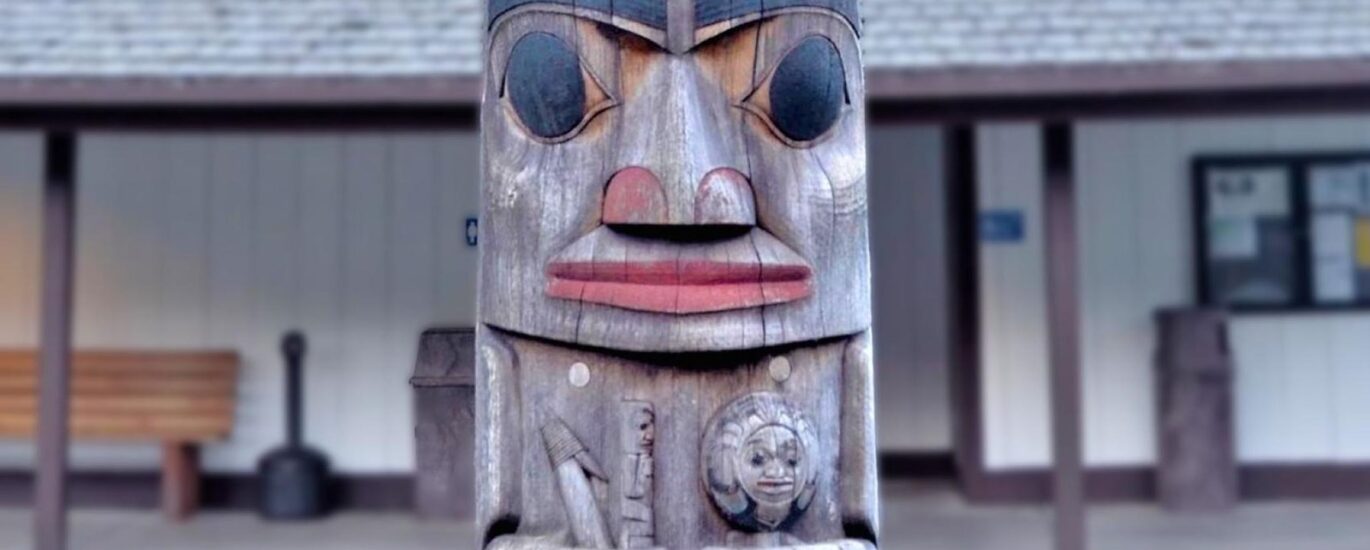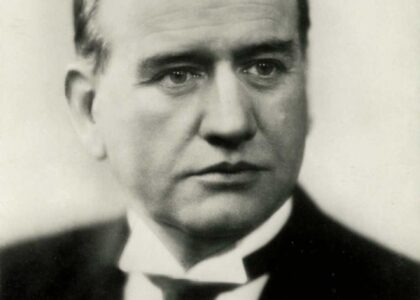Welcome to the Bicentennial Pole, a remarkable piece of cultural artistry located in Sitka National Historical Park, Alaska. This pole, standing tall at 27 feet, is a testament to the rich history of the Pacific Coast Indian cultures and was crafted to commemorate 200 years of their vibrant history. The creation of the Bicentennial Pole began in 1976, during the celebration of America’s bicentennial, when Sitka Tlingit and Park Superintendent Ellen Hope Lang sponsored a design contest. Duane Pasco, an acclaimed Native artist from the Pacific Northwest, was selected to carve the pole. His design elegantly encapsulates two centuries of cultural history, blending traditional Tlingit artistry with the stories that have shaped the region.
The pole is carved from red cedar, a material deeply valued by the Tlingit people for its durability and connection to nature. This living history demonstration was not just about creating a static piece of art; it was about engaging the community and celebrating cultural heritage. As you view the pole today, imagine the hands of the carvers bringing to life the stories etched into its surface.
Sitka National Historical Park is more than just home to this pole; it is a significant site in Alaskan history, marking the location of the 1804 Battle of Sitka between the Tlingit people and Russian traders. This battle was a pivotal event, influencing the course of Russian colonization in the region. Although the Tlingit were forced to retreat, their resilience and cultural legacy continue to be celebrated through art and storytelling.
The park itself is a rich tapestry of historical and cultural narratives. With its lush coastal rainforest, it offers a serene backdrop to the numerous totem poles scattered throughout. These poles serve as storytellers, each one conveying tales of ancestry, folklore, and clan histories. As you stroll through the park, you’re not just walking through nature but traversing through time, experiencing the enduring legacy of the Tlingit people.
So, as you stand before the Bicentennial Pole, reflect on the enduring spirit of the Tlingit and the vibrant cultural history that continues to thrive in this beautiful part of Alaska.





